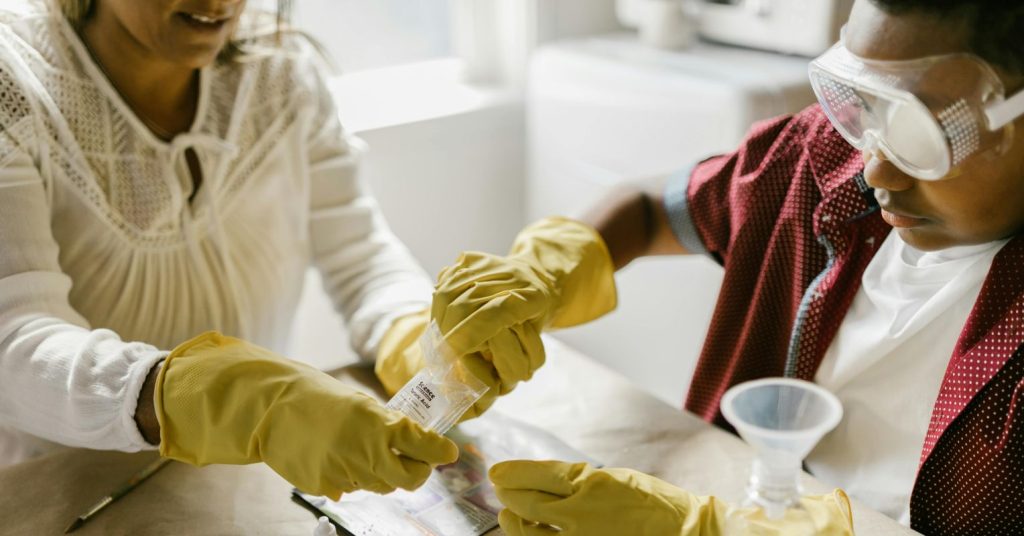Science Under Siege: A Call to Action for Local Communities
The scientific enterprise, a cornerstone of progress and innovation, is facing an unprecedented assault in the United States and beyond. The digital age has amplified the reach of misinformation and disinformation, eroding public trust in established scientific consensus. This challenge extends beyond the fringes of social media, infiltrating mainstream publications where scientifically sound findings are increasingly questioned under the guise of "just asking questions." Further exacerbating this crisis is the systematic defunding of vital scientific and medical research institutions, including the National Institutes of Health (NIH) and the National Science Foundation (NSF). The NSF’s recent termination of grants supporting diversity, equity, and inclusion initiatives, as well as programs combating misinformation and disinformation, signals a troubling trend that jeopardizes the future of scientific advancement. This confluence of factors creates a precarious environment where scientific progress is stifled, and evidence-based decision-making is undermined.
While the sources of scientific knowledge may seem distant from everyday life, local news outlets offer a crucial bridge between complex scientific concepts and the communities they impact. Research indicates that local news sources enjoy higher levels of public trust compared to their national counterparts. Recognizing this vital link, several initiatives have emerged to bring science back into the local spotlight, highlighting its benefits and countering the corrosive effects of misinformation. These efforts aim to empower scientists, students, and journalists to engage with local communities, fostering a deeper understanding of science’s role in society.
Scientists as Local Ambassadors: Bridging the Gap Between Lab and Community
The Science Homecoming project, spearheaded by researchers at Carnegie Mellon University and the University of California, Berkeley, encourages scientists to become ambassadors for science within their local communities. This initiative recognizes that while scientists often work in urban centers or university towns, many originate from communities with limited scientific presence. Science Homecoming provides scientists with the resources and support to effectively communicate the importance of science to their hometown audiences. The project offers guidance on identifying local news outlets, crafting compelling op-eds, and accessing data to support their arguments. By sharing personal stories and highlighting the local impact of scientific research, scientists can bridge the gap between the lab and the community, emphasizing how science creates jobs, drives medical advancements, and fuels economic growth.
Student Journalists on the Front Lines: Amplifying Local Impacts of National Decisions
University students are also stepping up to play a vital role in local science reporting. Recent federal decisions in the U.S. have had far-reaching consequences, often disproportionately affecting specific communities. Student journalists are on the ground, investigating and reporting on these local impacts, bringing attention to issues that might otherwise go unnoticed by national media. For example, students at the University of Arkansas reported on the effects of USAID policy changes on local farmers, while Ithaca College students investigated the impact of diversity, equity, and inclusion initiatives on local school districts. By focusing on these local stories, student journalists provide crucial context and personalize the broader national narrative, demonstrating how policy decisions reverberate through communities.
Strengthening Local Journalism Networks: Collaborative Reporting for Greater Reach
Beyond individual efforts, collaborative networks of journalists are emerging to strengthen local news coverage of science. The "multi-local" newsroom model fosters regional hubs where journalists work together to produce news tailored to the specific needs of individual communities. This approach differs significantly from traditional news bureaus that distribute standardized content across wider geographical areas. The American Journalism Project, a non-profit organization dedicated to revitalizing local news, supports these collaborative networks, recognizing the critical role of local journalism in holding power accountable and informing communities. By pooling resources and expertise, these networks can provide in-depth reporting on complex scientific issues that affect local residents.
A Collective Responsibility: Defending Science in the Digital Age
The combined efforts of scientists, students, and journalists to bolster local news coverage of science represent a crucial first step. However, it requires collective action to amplify their work and ensure its reach. As consumers of local news, we have a responsibility to share these stories within our own social networks and engage in conversations about the value of science with our friends, families, and neighbors. We can all become advocates for science, highlighting its contributions to our lives and pushing back against the tide of misinformation. The Science Homecoming project’s message resonates powerfully: "science comes from every town, belongs to everyone in the country, and is critical to our nation’s success." By embracing this message and actively engaging with local science reporting, we can collectively defend the scientific enterprise and safeguard its future. This requires a concerted effort from all stakeholders – scientists, journalists, educators, and the public – to foster a culture of scientific literacy and defend the integrity of scientific information. The future of scientific progress, and indeed the well-being of our communities, depends on it.


